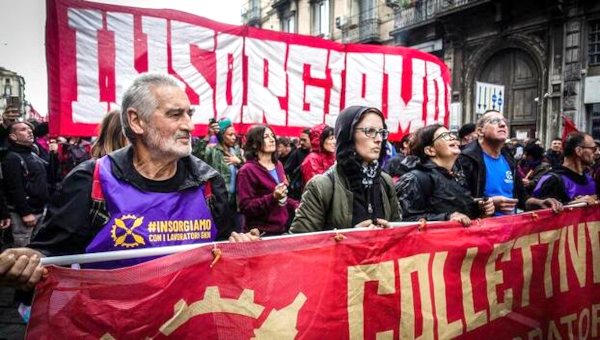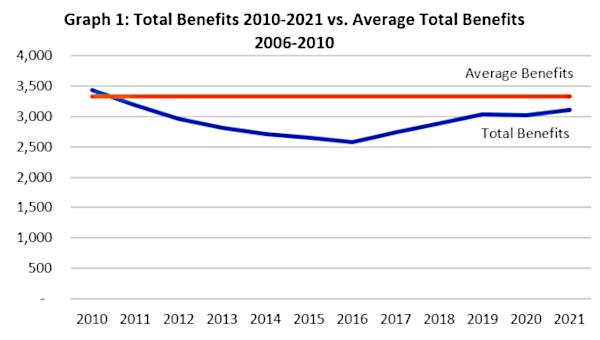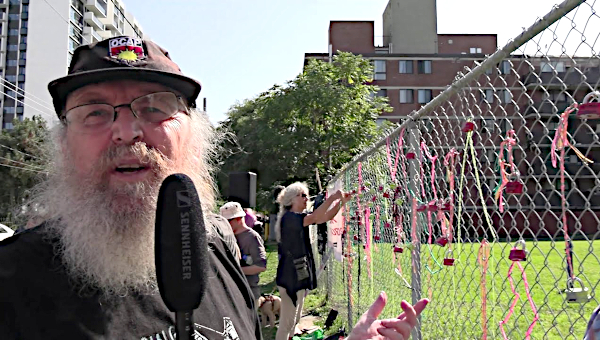How Our Struggles Are Contained by Those In Power
After decades of involvement in trade union and anti-poverty struggles, I find myself thinking more and more about the lessons I have learned along the way and how some of these might be of use to other union and community activists. I’m presently developing an educational course on how movements challenge power structures and how those structures develop and apply strategies to contain resistance. These are vital considerations if we are to organize effectively in these volatile and uncertain times.
I worked for over 28 years as an organizer with the Ontario Coalition Against Poverty (OCAP). During those years, we vigorously confronted an intensifying political agenda of austerity and social abandonment, using disruptive forms of collective action to create a counter-power for poor communities under attack. This approach led to some important victories but it also earned us the ire of the ruling establishment.
As we took action to advance our demands, there were ongoing efforts to bring us under control. The police were deployed against us and we faced legal persecution. Politicians and wide sections of the media would often vilify us and seek to undermine our credibility. Often, governments would try to draw us into more consultative and co-operative approaches that would effectively demobilize us. If we resisted this, more conservative-minded groups would be invited to the table, in an effort to push us aside. Clearly, within the corridors of power, strategies were adopted to limit the need to make concessions to us by reducing our effectiveness as much as possible. It was a lesson in the way the system operates to contain movements for social change.
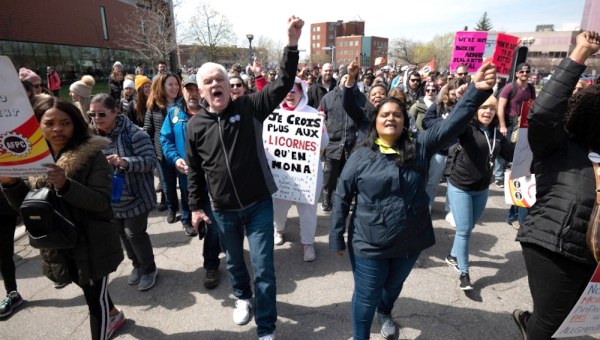
Drawing Lessons
Six years ago, as I prepared to step down from front-line organizing, I was offered the position of Packer Visitor in Social Justice at Toronto’s York University. It involved teaching courses related to social struggles and this prompted me to try and draw more precise lessons about how workers and communities resist and how those in power respond in the face of that resistance. Based on my own experiences and the record of other social movements, I considered how strategies of containment are employed and how they can be overcome.
Not surprisingly, those who hold economic and political power are reluctant to meet demands that arise from people they oppress and exploit. They don’t want to give up any of their wealth and power, and they fear that any sign of weakness on their part will only encourage further demands. The historical record shows that the rights and gains that we enjoy today were initially denied and were granted very reluctantly in the face of mass action.
Though trade unions enjoy significant legal rights today in Canada, these were won only after prolonged and determined struggles, and the initial response by employers and the state was to treat attempts to collectively bargain as acts of criminal conspiracy. The same could be said of the fundamental rights of free expression and assembly. Though even very conservative political leaders will now pay lip service to preserving these rights, attempts by the ‘lower orders’ to organize and take to the streets to press their demands were long considered an outrageous violation of the natural order that was met with brutal acts of state repression. It was only in the face of mass defiance that such rights came to be respected to the extent that they are today.
Given the ability of those with a monopoly of power in this society to dominate public discourse and control the media, it is entirely understandable that delegitimization is another potent weapon at their disposal. When workers go on strike, we read very little in the newspapers about the justice of their demands or how they are mobilizing others to challenge exploitative conditions. Instead coverage will largely be focused on the disruptive impact of their actions on the public.
Now, as protracted genocide unfolds in Gaza, a powerful Palestine solidarity movement has emerged that has taken up a large-scale and determined struggle to challenge this horror, including inspiring encampments at universities across the country. As The Maple has shown, there has also been a veritable sea change in popular consciousness in favour of the Palestinian struggle. Yet there has been a consistent effort to demonize and slander this movement and to criminalize it in ways that threaten well-established rights of assembly and expression.
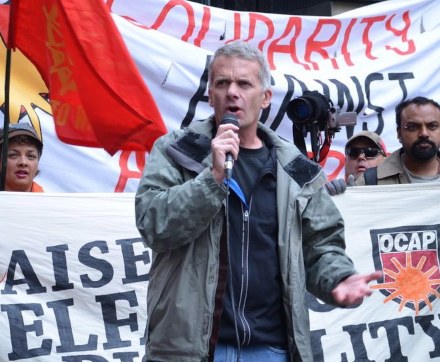
When concessions have to be made to working class movements and popular struggles, systems of government and administration show a remarkable ability to broker these in ways that keep the lion’s share of wealth and power in the hands of the dominant interests. The post-Second World War trade union upsurge in Canada made a major retreat by the authorities unavoidable, and major union rights were granted in response to a working class uprising that represented a significant threat to capital and the state.
Nevertheless, these concessions constituted a historic retreat by those in power; they were delivered within a carefully crafted framework of state-regulated labour relations that seriously limited and largely compartmentalized working class resistance in ways that still impact us today. The role of this whole approach in preserving the interests of capital and limiting working class struggle is set out clearly in From Consent to Coercion: the Continuing Assault on Labour by Leo Panitch, Donald Swartz, Bryan Evans and Carlo Fanelli (see my review in The Bullet).
This channelling of struggles into safer forms of regulated conflict has had a significant and predictable impact on movements. Mass action tends to be replaced by processes of negotiation that become heavily bureaucratized. Workplace action gives way to arbitrated settlements, and community action is overshadowed by consultation processes between administrators and advocates. Of course, these regulated methods can’t completely co-opt the class struggle and strikes and social explosions that still occur. However, they occur less frequently, and keeping them in check is easier when containment mechanisms are in place.
Finally, sweeping social movements that create crises for ruling establishments are often weakened by granting concessions in a highly selective way. Oppressed groups within society aren’t homogeneous, and their pressure for change can result in uneven gains. The Civil Rights Movement in the US challenged segregation and discrimination in groundbreaking ways. Yet, while the struggles in the 1960s ensured that fundamental rights were granted, vast material inequalities still exist in the US today that primarily affect poor working class Black people. Though there are now Black police chiefs, the systemic racism behind the murder of George Floyd is the abiding reality.
Present Context
Strategies of containment are always being retooled, and readiness to accommodate movements’ demands shifts depending on changes in economic conditions and political developments. The period we are now living in, after decades of neoliberal attacks on labour and civil rights, is especially harsh. Generally speaking, the current mechanisms of compromise are yielding much less material gains than they used to.
The scale of last year’s strike wave in Britain was unprecedented since the days of Margaret Thatcher, yet employers and the state were extremely reluctant to appease the tide of working class anger. The same can be said of the challenge to Macron’s attack on the French pension system in 2023, which was rammed through despite social mobilization on a scale unrivalled since 1968. Both struggles were met with increased levels of intransigence. And the limited forms of action they employed, although they might have been effective once, were simply faced down by those in power.
Different approaches are needed to counter today’s containment strategies. Governments are less likely to be moved by displays of our potential power. Huge rallies and days of action are an essential part of building movements and campaigns, but this is a period when ongoing social action and indefinite strikes will be needed to turn back attacks and win our demands.
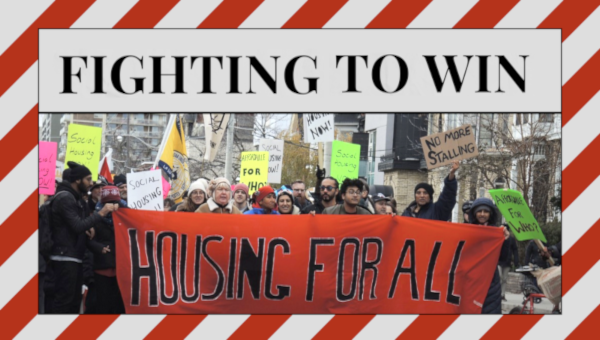
I am in the process of developing a course that I hope will contribute to the strategic discussions that must take place among union and social movement activists in light of these changed circumstances. It won’t be a “how-to” format but we will look at how a range of social struggles have been waged and how their power and effectiveness have been limited by strategies to contain them. As concretely as possible, the course will try to develop ways forward for movements in these challenging times.
I will be giving the course in Toronto in September as a kind of test run, but I hope that it can serve as a model that will be taken up in other parts of the country. Social resistance is very much on the agenda today, as the upsurge of the Palestine solidarity movement makes abundantly clear. However, there is still a pressing need to reflect on the strategies, approaches and organizational forms we need to develop if we are to fight to win. I very much hope that initiatives like this one can help produce the knowledge and facilitate the discussions that will make this possible. •
This article first published on the Canadian Dimension website.


